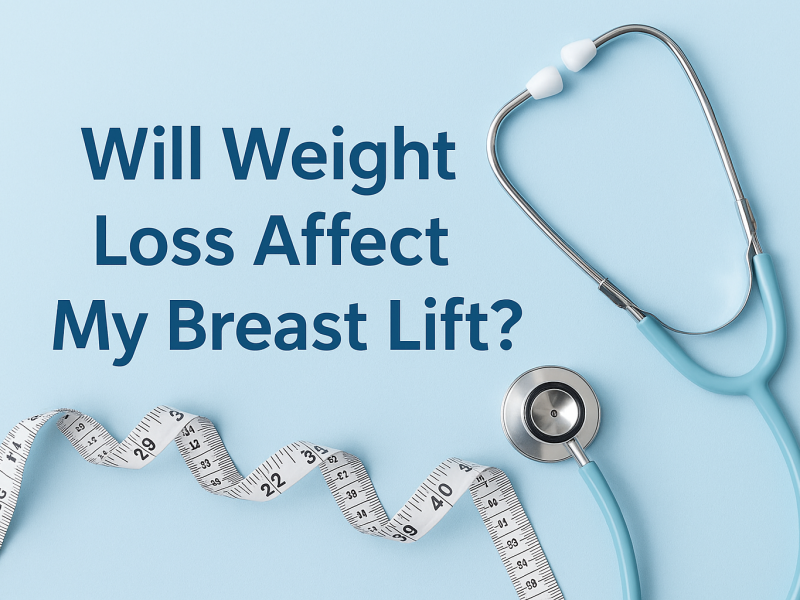Are you considering buying health insurance for the first time, or are you just looking for a better deal? You’re likely well aware that one of the deciding factors when it comes to an insurance policy is your deductible – what is known as your out-of-pocket maximum. But what does “high G” mean in this context? How high can it go, and how much more expensive is a plan with a higher deductible compared to one with lower deductibles?
In this article, we’ll explain exactly what the deductible for a high G policy means and how it affects your overall healthcare costs.
What is a deductible, and how does it work for health insurance policies
A deductible is a type of cost-sharing requirement for health insurance policies that requires individuals to pay a certain amount of money before their health insurance company will start to cover their medical expenses. In the US, Medicare, the national health insurance program, requires a deductible for most of its policies.
The amount of a deductible can vary based on the health insurance plan and the policyholder’s individual circumstances. Generally, the higher the deductible, the lower the cost of the monthly premium. For some individuals, a deductible of $1,000 or more is not uncommon.
Under Medicare, the deductible for Part A (hospital insurance) is $1,408 for each benefit period. This means that a Medicare beneficiary must pay for any Part A services they receive during a 60-day period until they reach the deductible amount of $1,408. After that, Medicare will cover the cost of Part A services.
For Part B (medical insurance), there is no annual deductible. However, Medicare beneficiaries must still pay a 20% coinsurance fee after they meet the annual out-of-pocket limit. This limit is currently set at $5,880.
For Part C (Medicare Advantage) plans, deductibles can vary. Typically, it is up to the insurance company that administers the policy to determine the deductible amount. For example, a Medicare Advantage plan may require a $2,000 deductible for certain services.
In addition to the deductible, many health insurance plans also require co-pays and co-insurance. Co-pays are fixed fees that are usually required for certain services, such as doctor visits or prescriptions. Co-insurance is a percentage of the total cost of a service that a policyholder will be responsible for. For example, a policyholder’s co-insurance for a hospital stay may be 20%, meaning they will be responsible for 20% of the total cost of the stay.
Is high deductible health insurance better?
In summary, a deductible is an amount of money that a policyholder must pay before their health insurance company will start to cover their medical expenses. Deductibles vary based on the type of health insurance plan, as well as the policyholder’s individual circumstances. Medicare beneficiaries must pay a deductible for Part A, but there is no annual deductible for Part B. Deductibles, co-pays, and co-insurance all factor into the total cost of a health insurance policy.
How much will you pay out of pocket before your insurance policy kicks in?
The high G deductible is the highest amount you can expect to pay before your insurance company kicks in and starts covering costs. When buying an insurance policy, it’s essential to know how high this number can be and what other kinds of high-deductible plans are available. Generally, a high G plan has a deductible ranging from $2,000 to $5,000. If you have a claim where your total costs exceed $5,000, your insurer will pick up any additional costs that exceed the high G deductible.
It’s important to note that although high G deductibles are on the higher end of the spectrum, they still may not cover all potential costs related to a claim. That’s why it’s essential to understand what your high G deductible covers and how much coverage you will receive if you do make a claim.
How do you know if you need to increase your deductible for better savings?
When selecting an insurance policy, you must consider the savings you can receive by increasing your high G deductible. Generally, raising your high G deductible from $2,000 to $3,000 will result in a significant decrease in your premiums. It is because you’re taking on more financial responsibility for any claims that might be made, reducing the insurer’s risk.
However, if you’re considering raising your high G deductible, make sure you can comfortably pay that amount out of pocket in case of an emergency. The savings may only be worth it if you can cover the high G deductible in case of a claim. Additionally, there may be better choices than higher deductibles if you’re in an area prone to high crime levels or natural disasters.
What should you do if you can’t afford the higher deductible?
If you find that the higher deductible is too much for your budget, there are other ways to save money on your insurance premiums. One option is to opt for a lower G plan with a lower deductible amount. Doing this will result in slightly higher monthly payments but can often be more affordable than paying out of pocket when faced with an emergency.
When selecting an insurance policy, it’s essential to understand precisely what you’re signing up for, including the high G deductible. By doing your research and understanding all of the factors involved; you can make sure you have a suitable policy for your health and budget.
In conclusion
If you’re looking to save money on your insurance premiums by opting for a higher G deductible, it’s essential to consider all the factors involved. Ensure you understand your policy and the potential risks associated with a high G deductible before signing up for one. Additionally, if the higher deductible is too much for your budget, consider lower G plans or bundling policies together to save money.
Also Read: How Can Answering Services Help Streamline Your Medical Practice?


